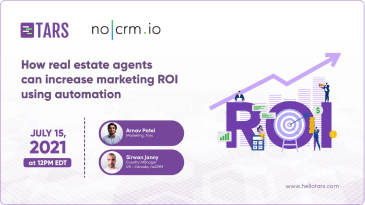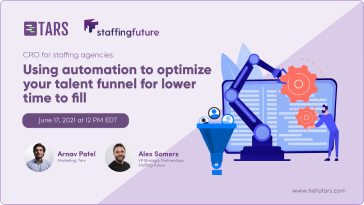1. The chatbot asks the customer if they are interested in the company's services, want to know more about their domain, want to know more about their products, or have a callback.
2. It presents a list of services that the company provides such as consulting, system integration, application management, etc.
3. It explains each of the services in detail to the target audience.
4. It asks the customer which of the company's products they are looking for, such as sentry or design accelerator.
5. It asks the customer what type of domain information they are looking for, such as cards & payments, transaction switching, or core financials.
6. It collects their name, phone number, and email address.
7. The service provider can generate leads by using this chatbot. It will ask them to provide contact details so that the service provider can follow up on the conversation.
8. It allows the service provider to interact directly with its clients. This means that the service provider can improve its relationship with its clients by providing better service.
9. It saves time for the service provider. Instead of having to manually collect data from potential clients, the service provider can use the chatbot to gather all the necessary information automatically.
10. It increases sales. Since the chatbot has been designed to answer common client questions, it will increase the likelihood that customers will call in to speak with a representative.
11. By increasing the amount of business that comes through the chatbot, the service provider can see an increase in revenue.
12. It can generate high-quality leads.
13. It can boost the B2B lead generation strategy of a company.







































